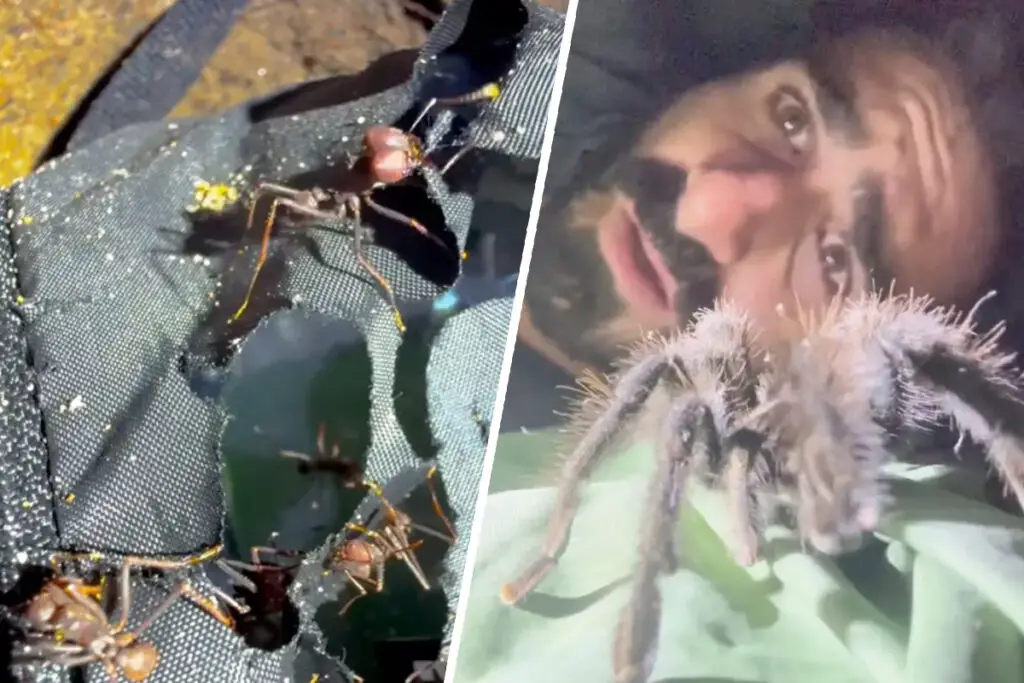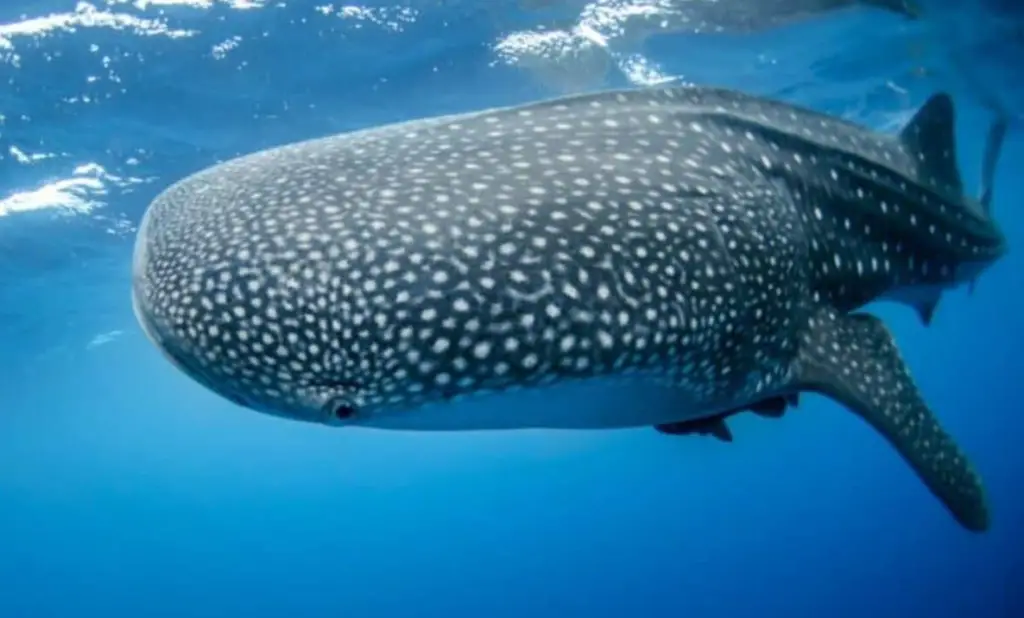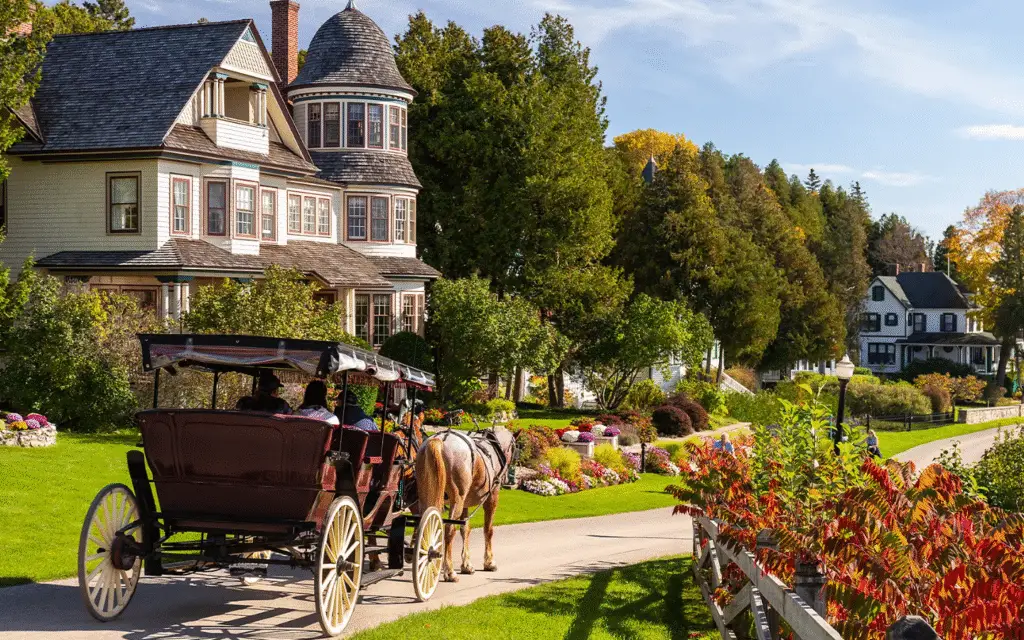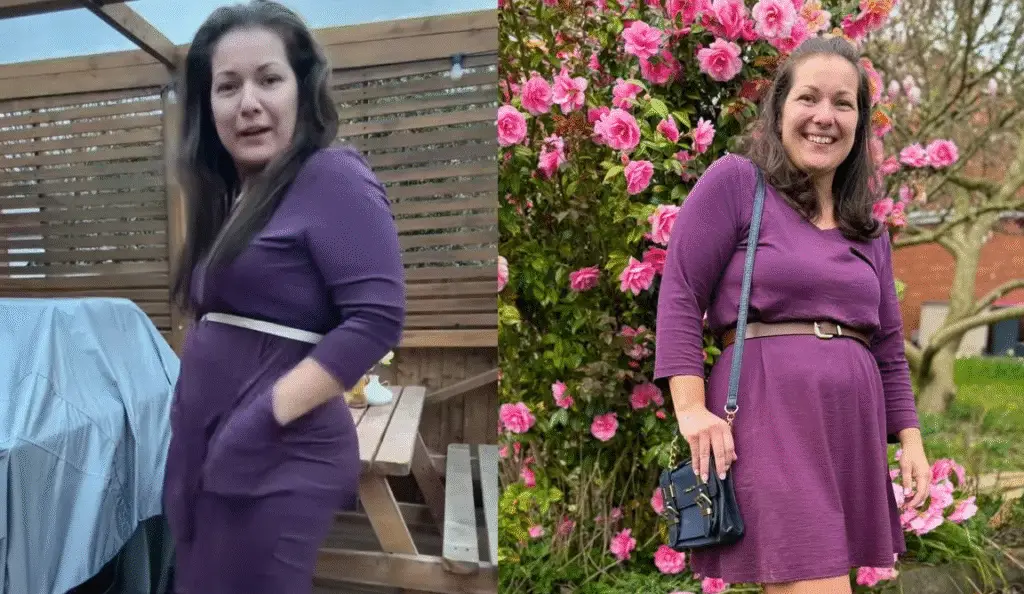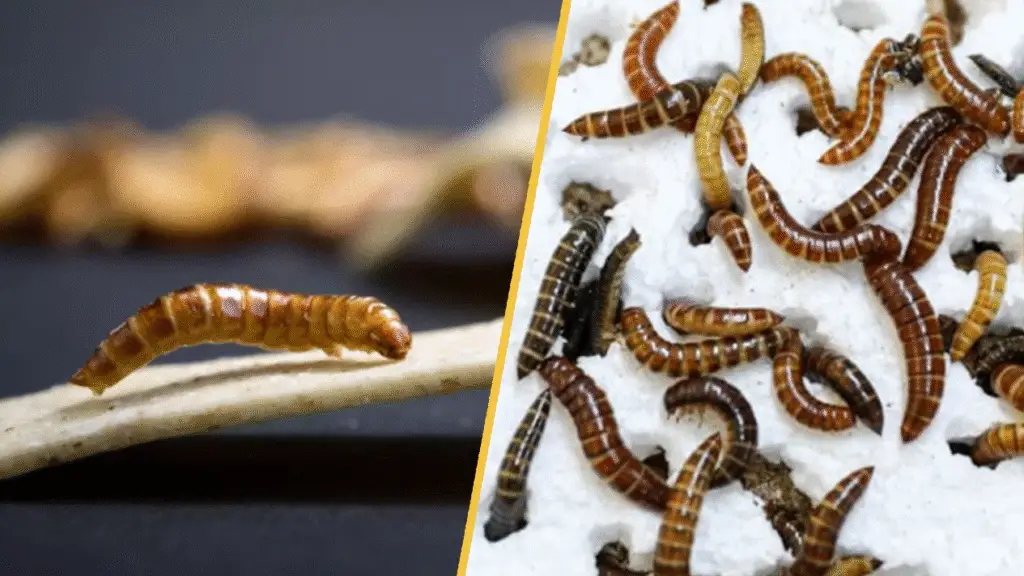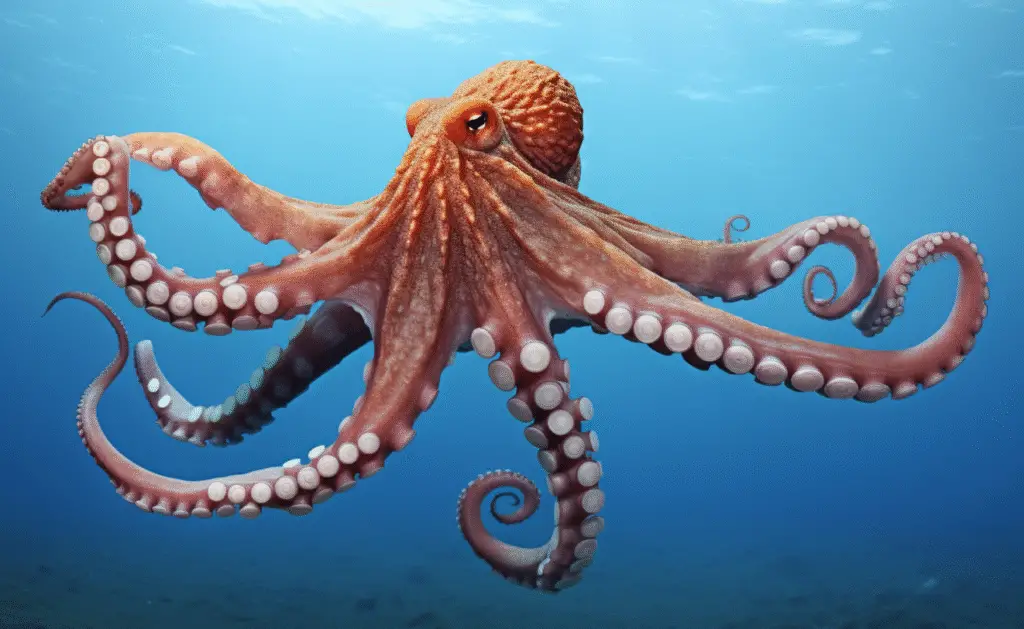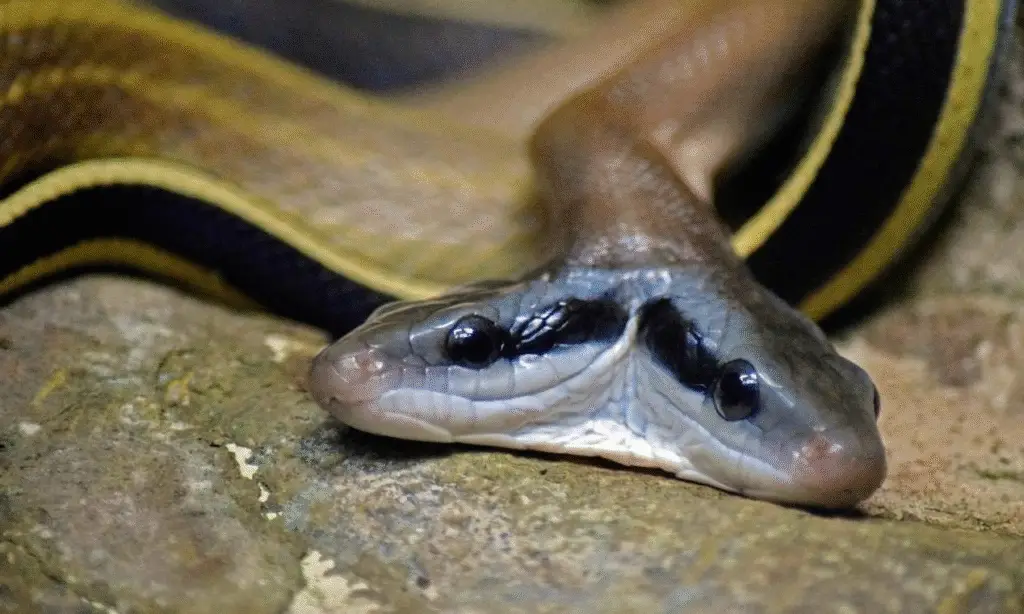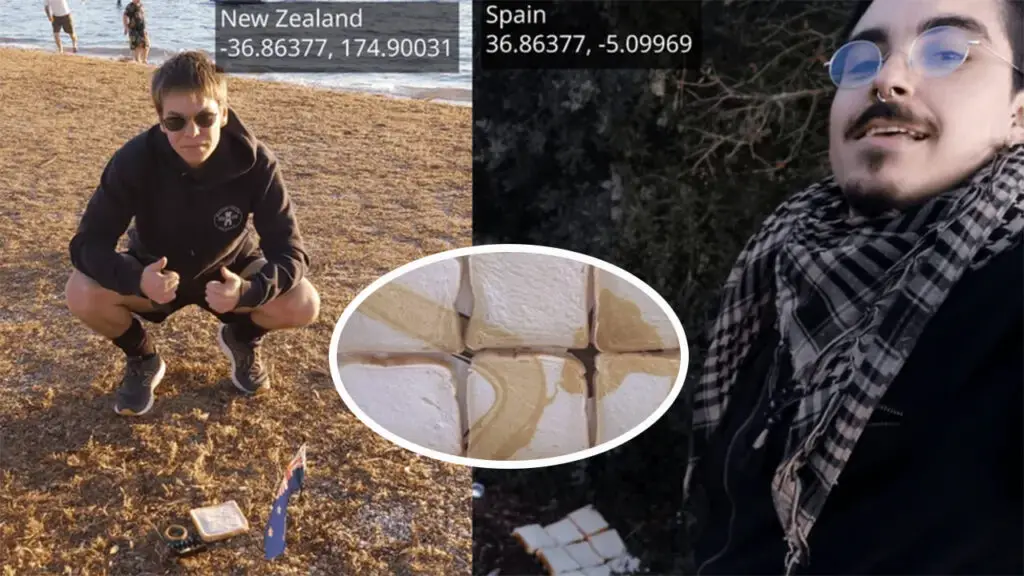The Ultimate Guide to Attracting Hummingbirds Naturally!

Hey there, nature lovers! Imagine stepping into your garden and seeing tiny, iridescent hummingbirds zipping around, their wings a blur as they dart from flower to flower.
It’s like hosting a miniature air show right in your backyard. Attracting these little dynamos naturally isn’t just about adding beauty to your space—it’s about supporting vital pollinators that play a big role in our ecosystem.
Let’s dive into the ultimate guide to turning your garden into a hummingbird haven, packed with practical tips, expert advice, and a touch of enthusiasm for these incredible creatures.
Meet the Ruby-Throated Hummingbird: A Tiny Powerhouse
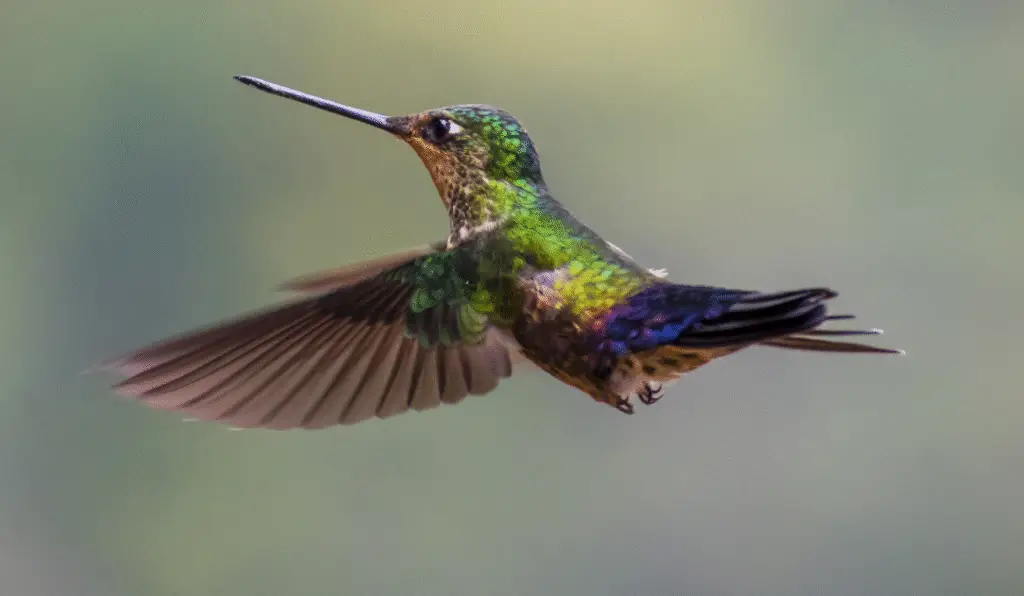
First, let’s talk about the star of the show: the ruby-throated hummingbird.
These birds are small but mighty, measuring just 3 to 4 inches long and weighing less than 0.2 ounces—lighter than a dime! Despite their size, they’re built for epic feats.
Every autumn, they embark on a jaw-dropping journey, flying nonstop across the 600 miles of the Gulf of Mexico from the eastern United States to Mexico and Central America.
Come spring, they return, following the bloom of early-season flowers like azaleas and columbine, arriving in places like Pennsylvania around mid-April to early May [1].
Hummingbirds are eating machines, needing to refuel every 10 to 15 minutes.
That’s right—they visit 1,000 to 2,000 flowers daily to sip nectar, using their long beaks and tongues while hovering mid-air, a skill that’s practically unique to them.
Nectar is their main fuel, but they also munch on insects and spiders for protein, which is essential for their high-energy lifestyle.
They’re drawn to bright colors—red, orange, and pink flowers are their jam—but they don’t care about fragrance [1].
When it comes to romance, these birds keep things casual. Ruby-throated hummingbirds aren’t monogamous.
Males put on dazzling aerial displays to woo females and fiercely guard their territories.
Females, meanwhile, are the unsung heroes, building tiny nests on small limbs of rough-barked trees, often hidden from above but open underneath.
These nests, made from lichen and spider silk, are often reused, and females may return to the same trees year after year [1].
Building a Hummingbird-Friendly Garden
So, how do you roll out the welcome mat for these feathered friends? It’s all about providing food, water, shelter, and safety. Let’s break it down into actionable steps.
Best Native Plants for Attracting Hummingbirds

For drawing hummingbirds to your garden, native plants are your best bet. These plants have co-evolved with local wildlife and are naturally suited to the climate, providing the resources that hummingbirds need. Some of the best choices include:
| Plant Name | Scientific Name | Bloom Time | Flower Color | Notes |
|---|---|---|---|---|
| Beebalms | Monarda spp. | Mid-summer to early fall | Red, pink, violet | Hardy perennials with tubular flowers, perfect for hummingbird bills [2, 3]. |
| Coral Honeysuckle | Lonicera sempervirens | Late spring to fall | Red | Climber, ideal for trellises or fences, provides abundant nectar [2, 5]. |
| Cardinal Flower | Lobelia cardinalis | Mid-summer to early fall | Red | Grows 3-6 ft. tall, offers consistent nectar during late summer [2, 3]. |
| Trumpet Vine | Campsis radicans | Mid to late summer | Orange-red | Vigorous grower, great for high perches, but needs space [2, 3]. |
| Spotted Touch-me-not | Impatiens capensis | Mid-summer to early fall | Orange | Thrives in moist, shaded areas, supports migration prep [6]. |
| Columbine | Aquilegia canadensis | Early spring | Red, yellow | Early bloomer, ideal for returning migrants [2, 3]. |
| Wild Bergamot | Monarda fistulosa | Summer | Lavender | Attracts hummingbirds and other pollinators, enriches garden ecosystem [2, 3]. |
| Blue Lupine | Lupinus perennis | Spring to early summer | Blue, white, pinkish | Native to North America, less showy but effective [2]. |
Apart from these examples, it’s good to have a range of plants that flower at different times.
Early spring bloomers like columbine give way to summer shows from beebalms and wild bergamot, followed by the towering specter of cardinal flowers in late summer.
This sequential blooming ensures that no matter when hummingbirds arrive or leave, there’s always something to sip [2, 3].
Creating a Hummingbird-Friendly Habitat

To create a hummingbird-friendly habitat, think like a designer with a flare for practical, efficient, and bird-friendly spaces. Your goal is to create an inviting environment teeming with food, water, and nesting options while ensuring it’s a safe haven.
Start by orchestrating your planting strategy. Group various nectar-bearing flowers together to create an eye-catching display. These clusters of bright tubular flowers like beebalms, columbine, and trumpet vine will act as visual beacons for hummingbirds. Position taller plants like cardinal flowers and trumpet vines towards the back, allowing them to tower and anchor your garden while providing perching spots. Fill in the foreground with shorter, yet equally attractive plants such as wild bergamot and coral honeysuckle. This layered approach adds visual depth and meets the hummingbirds’ feeding and territorial habits.
Next, cover your bases with a consistent bloom schedule. Ensure there’s a variety of plants flowering at different times so hummingbirds always find something to eat from early spring to late fall. Aim for spring blooms like columbine, mid-summer clusters of beebalms, and late summer offerings of spotted touch-me-not and cardinal flower. This sequential cover will keep your garden buzzing with activity and ensures hummingbirds are well-fed no matter when they visit.
Ample water sources are a game changer. Hummingbirds need water for drinking and bathing, which they enjoy as a fine mist. Invest in misters or use birdbaths with attachments that create a gentle mist. Alternatively, drippers or fountains can provide a steady, gentle flow of water. Position these features near or within your flower groupings to create a seamless and practical integration, ensuring easy access for the birds.
Perches are pivotal for hummingbirds both for resting and keeping an eye on their territory. These can be natural tree branches, strategically placed rods, or dedicated hummingbird perches. Position these perches in both open and hidden spots. Open spots allow males to survey and guard their territory while hidden ones give females and juveniles a place to rest without being disturbed.
For nesting, consider shrubs and small deciduous trees that provide both cover and the materials needed for nest-building. Ensure these are located close to nectar plants so the birds don’t have to travel far for food. Materials such as spider silk and lichen are particularly favored by hummingbirds to construct their nests. You can help by leaving these materials present in your garden space.
Minimizing pesticide use is crucial. Pesticides can poison the insects that hummingbirds rely on for protein and can harm the birds themselves. Embrace natural pest control methods. Encourage ladybugs, spiders, and parasitic wasps that naturally manage pest populations. By promoting a garden that thrives on ecological balance, you help the hummingbirds and support the overall health of your garden [1].
Using Hummingbird Feeders Effectively

Once you’ve created a garden full of native plants, adding hummingbird feeders is the next step to ensure a reliable food source, especially during peak migration times. Here’s how to use feeders effectively to keep these birds coming back for more.
Selecting the Right Feeder
Choose feeders that are easy to disassemble and clean, ideally made from clear plastic or glass so you can quickly see when they need refilling or cleaning. Look for feeders with multiple feeding ports to accommodate several birds at once and perch options so they can rest while feeding. Avoid feeders with yellow ports, as these can attract unwanted insects like bees and wasps.
Making the Right Sugar-Water Mixture
The solution you provide in your feeders should mimic the natural nectar found in flowers. A simple mixture of one part white granulated sugar to four parts water is ideal. Boil the water first, then stir in the sugar until it dissolves completely. Let the solution cool to room temperature before filling your feeders. Avoid using honey, artificial sweeteners, or red dye—these can cause harm to the birds. The color of the feeder itself is enough to attract hummingbirds.
Placing Your Feeders
Position feeders in spots where they can be easily seen by the birds but are not entirely exposed. Locations near nectar-bearing flowers are ideal, as this makes it easier for the birds to find the feeders. Ensure the feeders are placed out of reach of predators such as cats. Hanging them at least 4 to 5 feet above the ground and in open areas will help keep them safe.
Spacing between multiple feeders is also important. Hummingbirds can be territorial, so having feeders spaced out means less competition and aggressive behavior. Place feeders in different areas of your garden to give dominant birds less opportunity to monopolize a single food source.
Feeder Maintenance
Clean and maintain your feeders diligently to avoid harmful mold and bacteria buildup. Empty and clean the feeders every three to five days during cooler weather, and more frequently in hot weather. Wash the feeder with warm soapy water, scrubbing all surfaces with a feeder brush, and rinsing thoroughly. Once a month, use a dilute bleach solution (one part bleach to nine parts water) to sterilize your feeders, but make sure to rinse several times with clean water afterward.
To further prevent contamination, avoid placing feeders in direct sunlight, which can cause the sugar solution to ferment quickly. Shady spots will keep the nectar fresher longer. Additionally, consider using an ant moat—small water-filled barriers that hang above the feeder to deter ants.
Handling Pests
Despite your best efforts, pests like bees, wasps, and ants might still be attracted to the feeders. Some feeders come equipped with “bee guards”—small mesh screens that allow hummingbirds to reach the nectar but block bees and wasps. If bees and wasps continue to be a problem, moving the feeder just a few feet away can sometimes throw them off the scent trail. For ants, applying a thin layer of petroleum jelly or mineral oil on the hanger can also act as a deterrent.
Timing is Everything
Hang your feeders in sync with the seasonal movements of hummingbirds. In Pennsylvania, for instance, put them out by mid-April to early May to coincide with the birds’ arrival. Keep feeders up until at least mid-September or two weeks after you see the last bird. Early spring and late fall are critical feeding times as hummingbirds require extra energy during migration [1, 4].
Additional Tips and Tricks for Attracting Hummingbirds
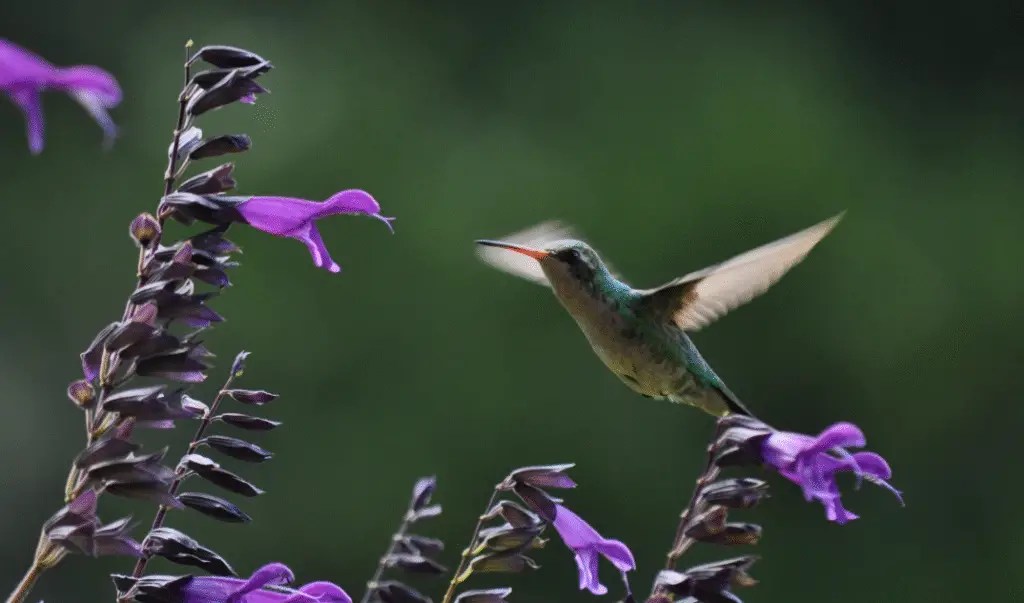
Use Red Accents
Red accents are incredibly effective when it comes to catching a hummingbird’s eye. While feeders and plants with red flowers are obvious choices, you can enhance this attraction by adding other red elements to your garden. Try tying red ribbons to branches, placing red yard ornaments, or even using red pots for your plants. These splashes of color act like beacons, guiding hummingbirds to feeding areas [1].
Create DIY Feeders
Creating DIY feeders is not only economical but also a fun project that can add a personal touch to your garden. Simple homemade feeders can be crafted from items like old wine bottles. Clean and sanitize the bottle to ensure no harmful residues remain. Fit a hummingbird feeding tube into the bottle’s neck and hang it upside down in your garden. Remember to stick to the recommended sugar-water ratio to ensure the health and safety of your hummingbird visitors.
Incorporate Water Features
Incorporating water features such as misters and fountains can make your garden appealing. Hummingbirds love to bathe in a fine mist, so consider setting up a garden mister or a small pond fountain that produces a gentle spray. If space or budget is a concern, a simple birdbath with a misting attachment can suffice. This provides a refreshing bath for hummingbirds and adds a tranquil ambiance to your garden [1].
Protect from Predators
Protecting your feathered friends from predators like cats is important. Cats are natural hunters, and hummingbirds can easily fall prey to them if not adequately protected. It’s best to keep cats indoors, but if they do go outside, make sure your feeders are positioned in open spaces at least 4 to 5 feet above the ground where cats can’t easily reach them. Additionally, placing feeders away from thick bushes or other hiding spots can reduce the risk of cat ambushes [1].
Explore Budget-Friendly Ideas
Budget-friendly ideas are also worth exploring for those looking to attract hummingbirds without breaking the bank. Instead of purchasing expensive plants or feeders, you can opt for growing nectar-rich plants from seeds. A packet of annual flower seeds like cardinal flower or wild bergamot can provide a season-long food source. Investing in native perennials can be a money saver in the long run, as these plants return year after year and require less maintenance.
Another cost-effective way to keep your garden hummingbird-friendly is by minimizing pesticide use. Natural pest control methods not only save money but also create a healthier environment for hummingbirds and other beneficial insects. Consider planting insect-pollinated flowers alongside hummingbird-pollinated ones to create a balanced ecosystem. Some plants, like marigolds and mint, can deter harmful pests naturally, reducing the need for chemical interventions [1, 4].
By incorporating these tips and tricks into your hummingbird gardening efforts, you’ll create an enchanting haven for these vibrant birds while enjoying a lively, colorful garden full of movement [1, 4].
Why It’s Worth the Effort
Attracting hummingbirds isn’t just about the thrill of watching them—it’s about creating a vibrant, sustainable ecosystem. These tiny pollinators help plants reproduce, keeping your garden and local environment thriving. Plus, there’s something magical about seeing them hover and dart, a reminder of nature’s resilience and beauty.
So, grab some native plants, mix up that sugar water, and get ready to welcome these feathered friends. With a little effort, your garden will be buzzing with life in no time!
Key Citations
- Audubon: How to Create a Hummingbird-Friendly Yard
- The Spruce: 23 Best Plants to Attract Hummingbirds to Your Yard
- Grow Native!: Nectar-rich Natives for Hummingbirds
- Birds and Blooms: How to Attract Hummingbirds: 10 Expert Tips
- The Plant Native: Coral Honeysuckle
- Minnesota Wildflowers: Spotted Touch-me-not






